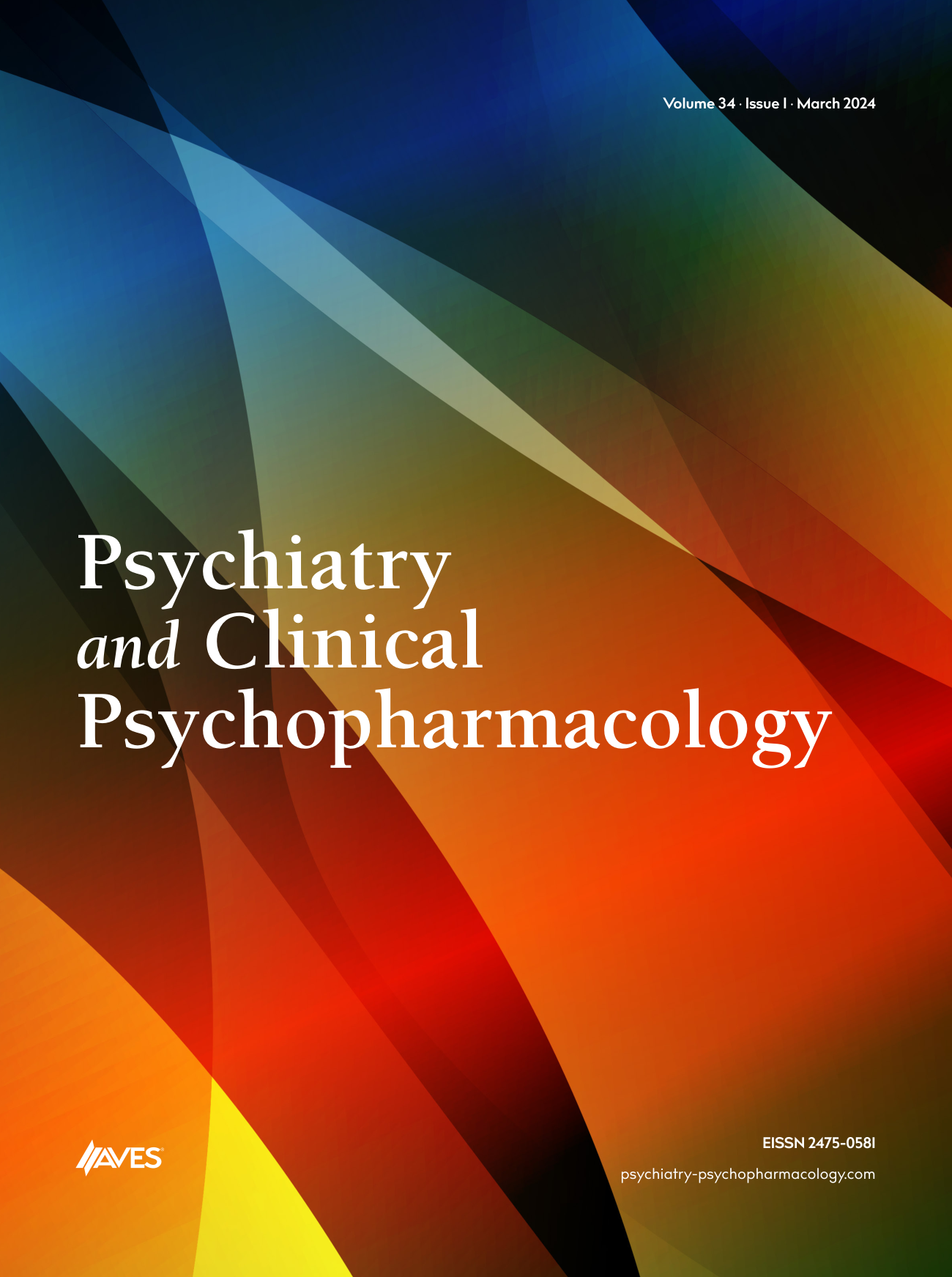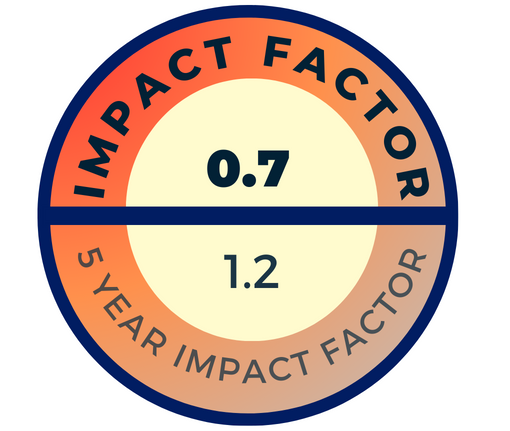Objective: The incidence of substance abuse and related disorders is increasing in the world and in our country. Studies in patients, who were admitted/hospitalized in psychiatry clinics or Alcohol and Substance Abuse Disorders Treatment Centers show that the incidence of the substance abuse related disorders is increasing in our country in time.
Method: In this study, tracking patient charts retrospectively, identifying patients sociodemographic data, finding out the patterns of alcohol/substance use, the accompanying psychiatric diseases, implemented treatments and the way of discharging were covered, in the patients who were hospitalized in Erenkoy Mental Health and Research Hospital AMATEM Clinic between 2013 and 2014.
Results: 507 patients’ data were evaluated in this study. The average beginning age for regular use of substance was 22.03±7.62 and the mean time of regular substance usage was 11.87±10.99 years. 180 patients (35.5%) were primarily using alcohol; 196 patients (38.7%) were using heroin, 91 patients (17.9%) were using synthetic cannabinoids and 17 patients (3.4%) were using marihuana. 103 of the heroin patients (51.2%) were using heroin through nasal route and 95 patients (47.2%) were using intravenously. 243 patients (47.9%) were using only one substance, whereas 78 patients (15.4%) were using more than one. Number of the patients, who were admitted voluntarily was 338 (66.7%). 60 patients (11.8%) were admitted because of family demand and 15 patients (3%) were admitted due to legal reasons. 373 patients (73.6%) didn’t have any accompanying diagnoses. 71 patients (14%) had mood disorder, 28 patients (28%) had anxiety disorder and 13 patients (2.6%) have psychotic disorder diagnoses. 16 patients (3.2%) were diagnosed delirium tremens at that time. Number of the patients, who were using suboxone was 150 (29.6%). The average suboxone dose was 8.87±3.12. 273 patients (53.8%) were discharged from hospital after being fully cured. 179 patients (35.3%) were discharged by their own decision before completing the 21-day treatment program. 48 patients (9.5%) were discharged because of the violation of rules.
Conclusions: It was found that in Istanbul AMATEM clinic between 1998 and 2002, big majority of the patients were male; female patients preferred heroin, meperidine, and benzodiazepines unlike male patients, who preferred marihuana and volatile substances. It was found that female patients prefer heroin usage by IV administration, and its incidence is more than that of male patients. A study of 258 patients, who were hospitalized at AMATEM in Elazig during one year time, have shown that most of the patients were admitted to the hospital by probation system; most of the patients usually have only first and secondary education and have low-middle income. The high prevalence of marihuana usage thought to be associated with probation system. There are significant improvements in recent years in the field of addiction in our country. Probation system and buprenorphine/naloxone usage in the treatment of opioid addiction are some of these improvements. These improvements thought to affect the profile of the patients, who are hospitalized in addiction centers. New studies in this field may contribute to present knowledge.



